Instructions for the use of double superphosphate and other phosphorus fertilizers for the garden in spring and autumn
There is hardly a gardener who has not heard that plants need nitrogen, phosphorus and potassium. Nitrogen can be added to the soil by natural means: manure, peat, grass. And for the second most important element, phosphorus, the best source is double superphosphate fertilizer.
What is superphosphate?
Distinguish between single and double superphosphate. In terms of composition, these are acidic salts of phosphoric acid. Here are their formulas:
- Ca (H2RO4)2x H2О + 2СаSО4 x 2H2ABOUT;
- Ca (H2RO4)2x H2ABOUT.
The first contains an additive - calcium sulfate. It can be useful too, but does not contain phosphorus. Therefore, as a phosphate fertilizer, the second option is better.
According to the old standards, which are still valid, the amount of phosphorus available to plants (it is customary to count on P2ABOUT5):
- in double superphosphate A - 46 ± 1%; for grade B - 3% less (GOST 16306-80);
- in simple superphosphate - 19% (GOST 5956-78).
That is, in the first, there is almost 2.5 times more useful content. And this does not have a direct effect on the price - the spread per 1 kg, from 30 to 300 rubles, and more often about 100 rubles, depends on the total weight, additives, manufacturer, seller and region of sale.
The formula is close to simple superphosphate, the new superphos fertilizer with P index2ABOUT5 almost like double superphosphate - up to 40%. Moreover, the composition includes two parts: soluble in water (with a share of 60–70%) and soluble in weak acids. And this combination provides versatility.
Application in spring and autumn
Annual application of phosphorus fertilizers is 3 types of treatments:
- main;
- pre-sowing and (or) near-planting;
- feeding.
Annual rate
The instructions for use require fertilization - from 0.3 to 1.2 kg P2ABOUT5 per hundred square meters.
It is easy to determine that:
- for 46% double superphosphate, this is from 0.7 kg per hundred square meters, or about 5-25 g per square meter2 (about 2 teaspoons to a matchbox);
- for 19% simple - from 1.6 kg per hundred square meters, or 15-65 g per m22.
To convert the oxide content to elemental phosphorus, you need to divide the figure by 2.25. Accordingly, if the composition of the complex fertilizer is tied to phosphorus, the indicator must be multiplied by 2.25 to obtain the oxide content.
The annual rate is divided between all types of phosphorus nutrition. And if a complex mineral fertilizer is used, its phosphorus must also be taken into account.
Basic processing
Phosphorus is lost from the soil for two reasons:
- removal by plants (for different crops it is 200–400 g per hundred square meters);
- leaching and weathering (this factor is significant only on light soils - sandy, etc.).
The stock needs to be replenished. So in the fall (in September) or in the spring (in April), phosphorus fertilizer must be applied for pre-sowing treatment. This is usually done by scattering in the garden, followed by embedding - to a depth as close as possible to the level of placement of the roots.
It should be borne in mind that:
- due to the peculiarities of soil processes, dry-applied phosphorus fertilizers will affect the harvest in 2-3 years;
- fertilizer should not be applied simultaneously with acidity regulators such as dolomite flour or lime;
- for use near perennial plants in the fall, you should not choose formulations with nitrogen, which can stimulate growth in preparation for winter with a decrease in winter hardiness;
- in the spring, both for the main and for other types of processing, you should take phosphorus fertilizers with the addition of nitrogen, which increases the absorption of plants.
Even fertilizers with the names "superphosphate" and "double superphosphate" are now sold with nitrogen additives, which, of course, should not be. So the composition on the label must be read carefully.
Pre-seeding and post-seeding processing
It is important to know that if the plant lacks phosphorus for the first two weeks of life after germination, the deficiency cannot be compensated for. Therefore, in addition to the main one, pre-sowing and pre-planting treatment with water-soluble phosphorus fertilizers is advisable, when plant nutrition is applied together with sowing (in rows) or with planting (in holes).
Before placing the seeds, the preparation scattered over the row should be lightly sprinkled with soil. And for the plant placed in the planting hole, slightly cover the roots before adding fertilizer.
If at 1 m2 - 8 holes of potatoes, then add 2 g of double superphosphate to each. But this is only if the main make-up was not carried out, or was carried out recently (in the spring of this year, in the spring or fall of the last season), or was carried out more than 3 years ago. Otherwise, the amount can be reduced. But this is not necessary, since the roots do not take up excess phosphorus fertilizer. And its excess does not harm.
Before digging out planting holes or grooves, you can water the soil with fertilizer by dissolving double superphosphate in 0.5 l of hot water with stirring, followed by dilution (30 g is enough for processing 2-3 m2 in the garden). It is best to use a powder form rather than a granular form which is designed to retard dissolution.
And all such treatments should be diluted for at least a week using nitrogen fertilizers: ammonium nitrate and urea. But there are no restrictions on the combination with potassium compounds.
Top dressing
Only water-soluble preparations are suitable for plant nutrition, but even those are limited:
- Even superphosphates are difficult to dissolve. So the spray solutions require filtration. There is still sediment on the leaves, which interferes with breathing and light absorption.
- Penetration into the depths during root feeding is difficult due to the low mobility of phosphorus compounds in the soil.
Other treatments are so effective that top dressing is advisable only if the phosphorus supply in the soil has not been previously created.
Russian soils are considered poor in phosphorus content. And for this reason, as well as in connection with weather anomalies, which phosphorus helps plants to resist (for example, reducing the need for moisture by 15% or increasing resistance to cold weather), a competent use of phosphorus fertilizers is required, which can increase yields by 2–3 times.
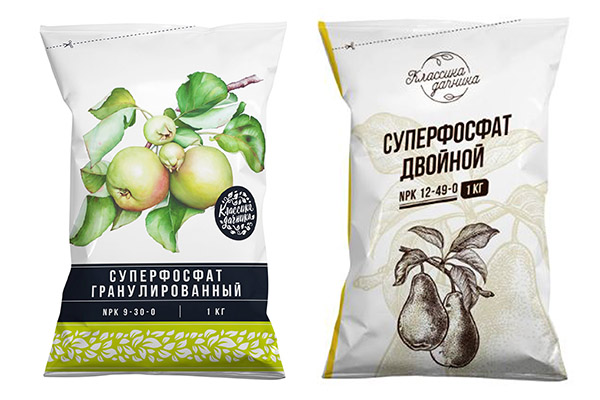
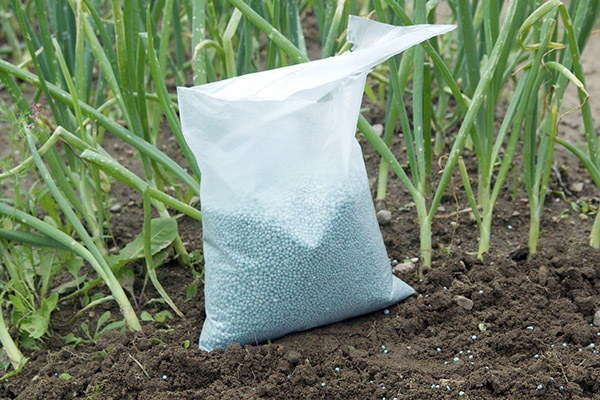
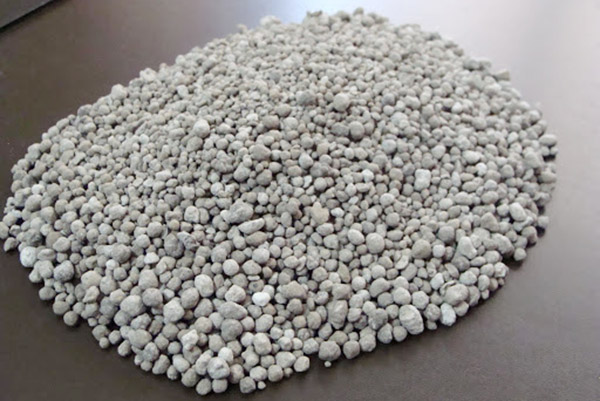
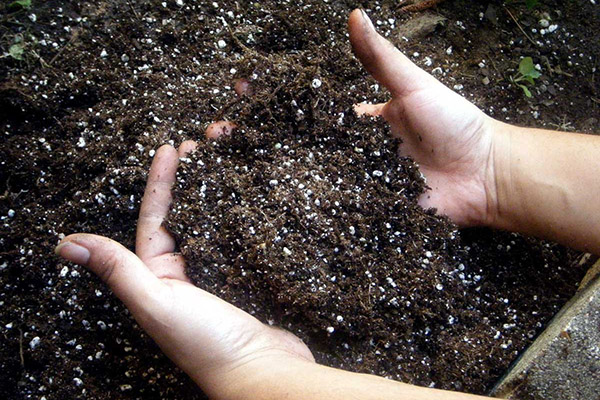

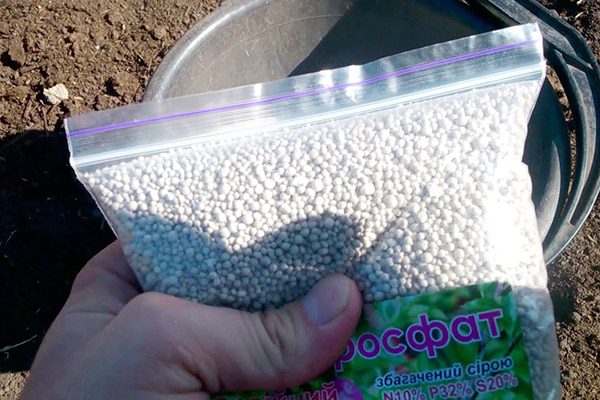
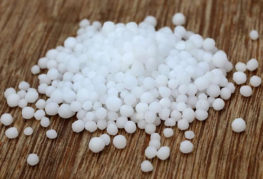
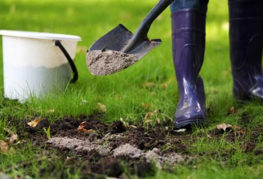
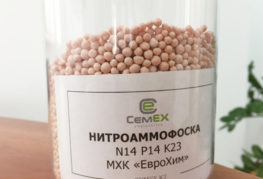
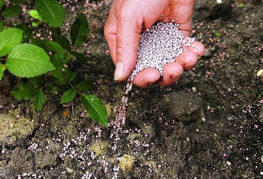
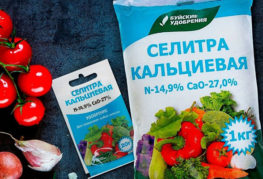
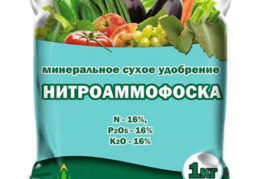
and will be published shortly.